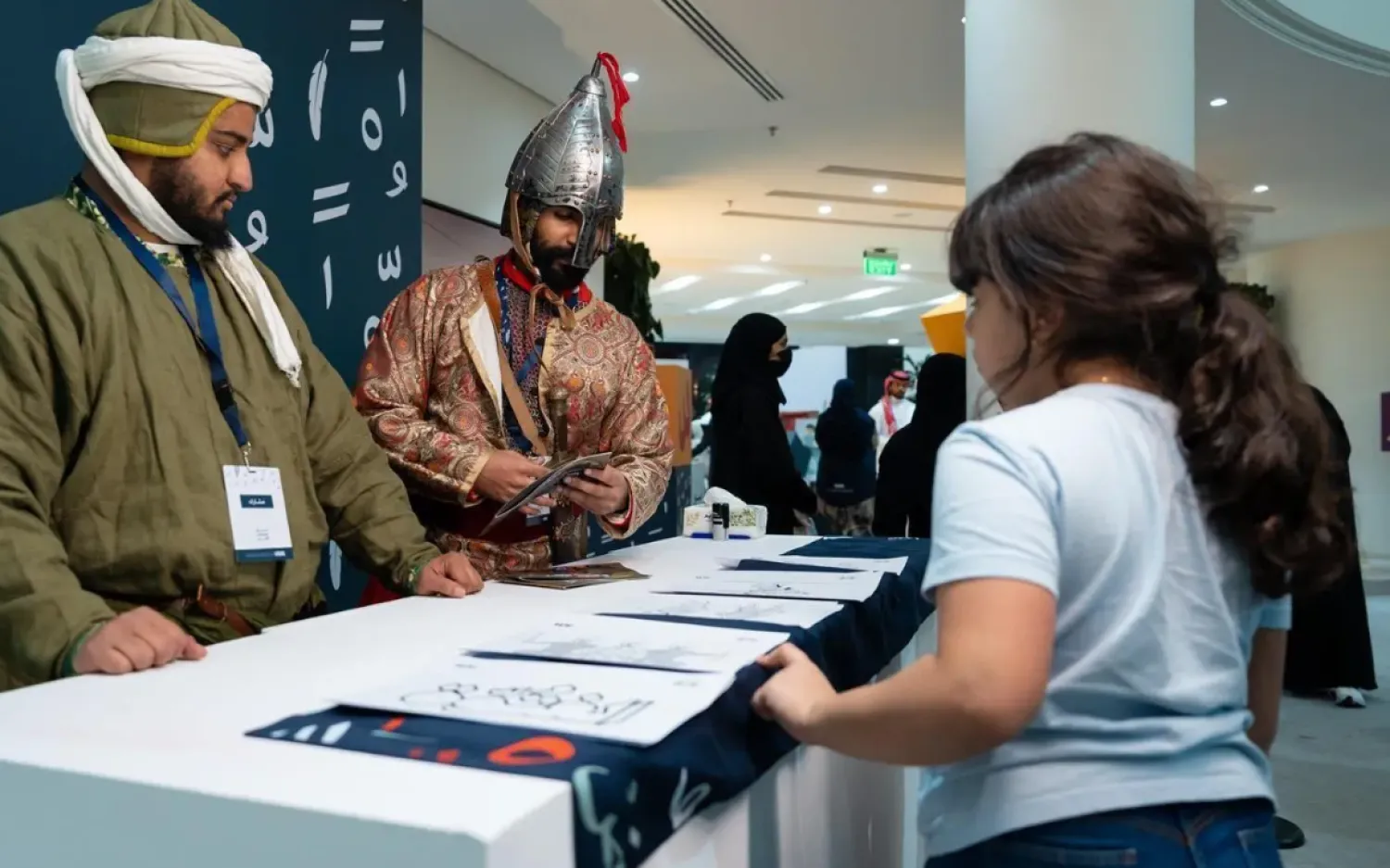Represented by Dr. Ibrahim Al-Shabith, Saudi Arabia’s Al-Ahsa won the position of deputy head of the UNESCO Creative Cities Network in crafts and folk arts, a field that currently encompasses 66 cities from around the world.
This feat comes after Al-Ahsa became a member of the network in the creative field, following an initiative by Al-Ahsa Municipality in 2015.
This success is supported by national entities, represented by the municipality; Al-Ahsa Governorate; the Culinary Arts Commission; the Saudi National Commission for Education, Culture and Science; the Heritage Commission; and the Royal Institute for Traditional Arts.
Al-Ahsa stands out for the unique creative assets it possesses and its cultural heritage and deep history in the field of handicrafts and folk arts.
Al-Ahsa has worked on developing the general objectives of integrating and highlighting the connection between education and cultural and creative activities to enhance the sustainability of handicrafts and folk arts.
Over the past years, Al-Ahsa has shared expertise in preserving handicrafts and folk arts with creative cities worldwide through numerous international meetings and conferences in South Korea, Poland, France, the United States, Australia, and Brazil.
Al-Ahsa became the first Gulf city and the third in the Arab world to join the network in the creative field. It has achieved close cooperation in development programs among creative cities, with a focus on sustainable development and heritage preservation.









